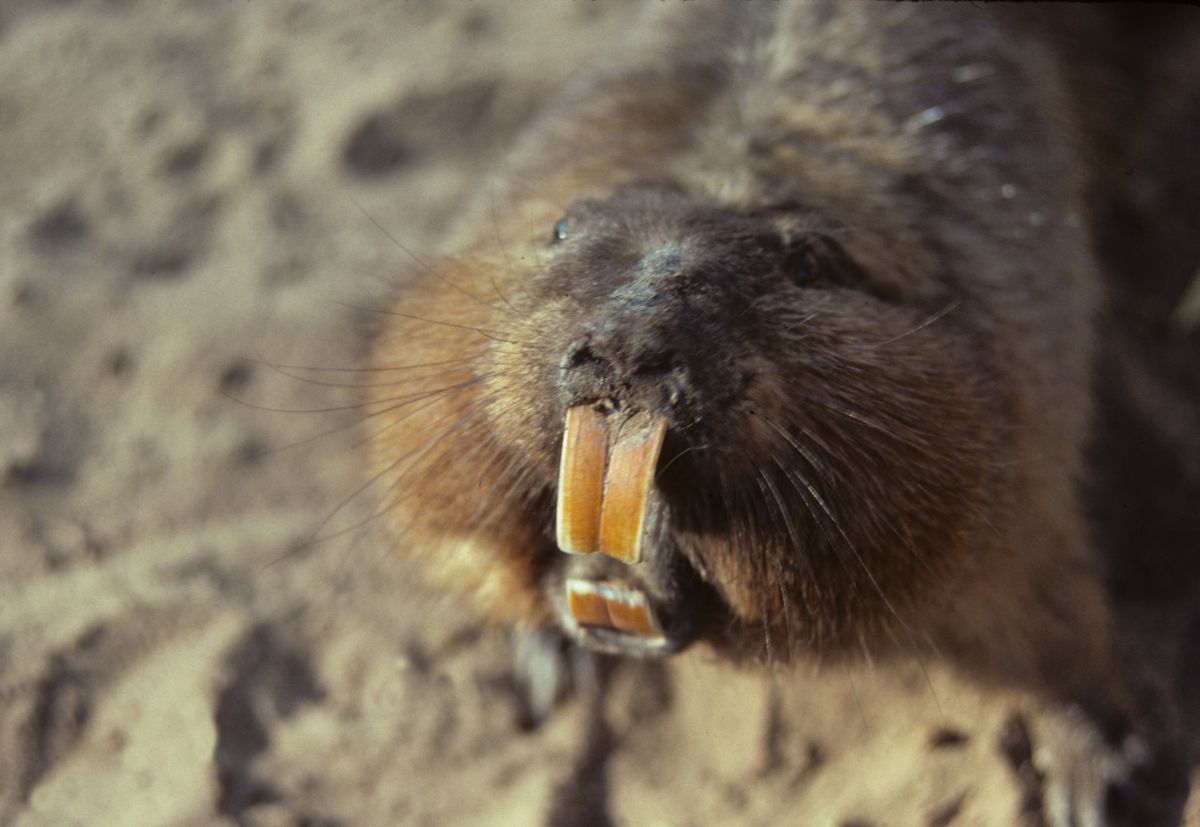Gopher Cousins: 4 Adorable Rodent Species Found

Researchers working in Bolivia recently discovered four new species of tuco-tuco, a small, gopher-like rodent named for its distinct vocalizations. Previously, scientists thought only eight species of this adorable critter lived in Bolivia, and so the new discovery brings that number up to 12.
Identifying a new species of mammal is very rare, which makes the discovery of four new species of tuco-tuco something truly exceptional, said Scott Lyell Gardner, director of the H.W. Manter Laboratory of Parasitology at the University of Nebraska-Lincoln, who led the team in their research on the new species.
"In the current environment of human-caused environmental disturbance and degradation, the discovery of four previously unknown species that are relatively large in size is phenomenal," Gardner said in a statement.
Tuco-tucos live underground, in extensive networks of burrows, used for nesting and storing food. The rodents are typically between 7 and 12 inches (18 to 30 centimeters) long and weigh less than a pound (0.5 kilograms) each. They communicate with one another through a series of short, but surprisingly loud, "tuc-tuc" sounds, hence their unusual name. [Images: 4 Tuco-Tuco Species Discovered in Bolivia]
Gardner and his team found all of the new species in the lowlands and central valleys of Bolivia, a region known for its biological diversity.
Three of the newly identified species — Ctenomys erikacuellarae, Ctenomys andersoni and Ctenomys lessai —were found in an area of Bolivia with a unique landscape. The region is scattered with high ridges, which were formed by the same geological pressure that pushed up the nearby Andes Mountains.
These ridges, along with the deep river valleys running between them, keep tuco-tuco groups isolated from one another. This isolation led to the evolution of distinct species of the rodent within the different valleys, the researchers said.
Sign up for the Live Science daily newsletter now
Get the world’s most fascinating discoveries delivered straight to your inbox.
More species to come?
"The area from which these mammals were collected is still relatively unknown in a biological sense, even though this is the eastern foothills of the Andes, with among the highest level of biodiversity anywhere," Gardner said. He expects that other new species of mammals will eventually be identified in the area, he added.
Researchers found the fourth newly identified species of tuco-tuco, Ctenomys yatesi, in the lowlands of eastern Bolivia. Scientists had previously grouped this tuco-tuco with another Ctenomy species, but Gardner's team sequenced its DNA and determined the animal actually represented a unique species.
As many as 65 species of tuco-tuco live throughout South America, according to the researchers' paper,published last month by the Museum of Texas Tech University. The animals' range extends from southern Peru down to Tierra del Fuego at the tip of South America. The rodents inhabit both the highlands of Peru and Bolivia, and the lowlands of southeastern Brazil and northeastern Uruguay.
Parasites of tuco-tucos
Gardner said that as a parasitologist, his research focuses primarily on the parasites that infect these rodents. But to properly study the parasites, Gardner first had to distinguish among the different tuco-tuco species he encountered.
"As we went along, it turned out these species were more unique than we realized, and we collected more and more as we moved through different places," Gardner said.
The data Gardner has obtained span three decades of specimen collection and DNA sequencing. Researchers collected all of the newly identified tuco-tuco species using traps placed inside the animals' burrows.
After the scientists weighed, measured and determined the sex of each tuco-tuco, the animals were preserved for use as museum specimens. Tissue samples of each animal, collected for DNA analysis, were preserved in the field using liquid nitrogen.
Recently, biologists from Arizona State University called into question the practice of collecting specimens of rare species. Those scientists suggested the practice threatens animals already on the brink of extinction. But Gardner said he sees collecting specimens as a necessary part of preserving these animals.
"The number one cause of extinction of organisms is loss of habitat," Gardner said. "Because of large-scale, human-caused habitat destruction occurring worldwide, it is essential to create collections of organisms now, and use modern methods of systematics and ecology to understand the history of life on Earth, while we still can. Time is limited."
Follow Elizabeth Palermo on Twitter @techEpalermo, Facebook or Google+. Follow Live Science @livescience, Facebook & Google+. Original article on Live Science.

Elizabeth is a former Live Science associate editor and current director of audience development at the Chamber of Commerce. She graduated with a bachelor of arts degree from George Washington University. Elizabeth has traveled throughout the Americas, studying political systems and indigenous cultures and teaching English to students of all ages.











